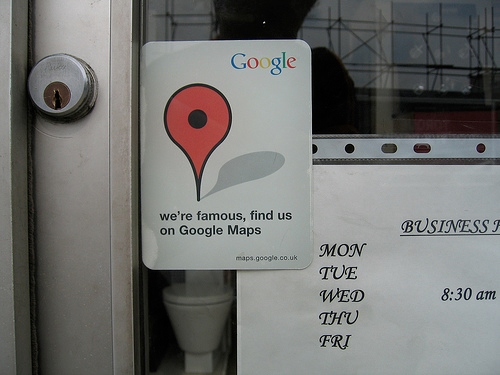It’s common sense to prepare for anything big, like starting a business. That’s precisely how you should approach local inbound marketing and SEO. These are absolutely essential if you want to reach your local audiences.
Let’s say you want to setup local SEO in Toronto – you need to tweak all your on-page and off-page elements to full optimization. Let’s start with on-page optimization.
The Technical Fundamentals for local SEO
A lot of on-page SEO is technical, and the following are fundamental:
HTML Code – Since search engine spiders do the crawling, on-page SEO relies heavily on optimizing the code of webpages, so spiders get as much information and context as possible from what they crawl. It’s best if you target local keywords in as many of the basic HTML elements (Title tags, Headers, and meta descriptions, among others) as possible.
NAP – NAP simply stands for Name, Address, and Phone number (don’t forget the area code); these are the details your clients will be looking for to verify your business’ authenticity and get in touch with you. Beyond that, however, these are essential details you need to make prominent in a separate Contact page that search engines consider best practice.
Schema Markup – Schema markup provides spiders with more context and are also used for rich snippets. As much as possible, use scheme markup that makes your local details stand out, such as schema for business operating hours and telephone numbers.
The SEO Content Basics
All the content within your domain is considered “on-page,” and as such, should also be optimized.
Local Keyword Targeting – targeting general local keywords like “Toronto” is easy enough, but also always perform diligent keyword research to understand what local long-tail keywords would get you local traffic and land your pages in higher positions in local searches. Since the demise of the importance of exact match organic keywords, long-tail keywords have gained even more prominence: they not only bring in more targeted leads that are further along the sales funnel, their parts also function as separate keywords that give context both in terms of content and locale.
Relevant Local Content – Beyond just sprinkling your content with local keywords and risk sounding unprofessional and robotic to your readers, you need to also cover relevant local content such as news, events, and other articles. Always endeavor to cover as many relevant local subject matter as you can since these are opportunities for keyword targeting and natural link building from local domains.
The Repository Segregation Tactic
Since we were on the topic of covering as many local topics as possible and timely, let’s also put a word in for content repository segregation. You may want to collect all local topics into one grand repository, such as this schema repository SearchEngineLand keeps. Why?
Link Juice – This repository will serve as your “local content homepage,” where the aggregate link juice of all local content directs to. Anything you link to from here will be given an overall boost in Pagerank or local keywords.
Keyword Ranking – In the same vein that the repository gets link juice, it will also help you rank for local keywords; even long-tail ones.
Authority Hub – Finally, it wouldn’t hurt to be seen as a local authority on various subject matter, wouldn’t it? The repository can be both an article hub and brand-building central.
Building a separate repository shouldn’t be difficult – it can be as simple as creating a page where local articles with keyword tags will populate into.
It would be wise for business owners and webmasters to never forget these on-page optimization tips.
